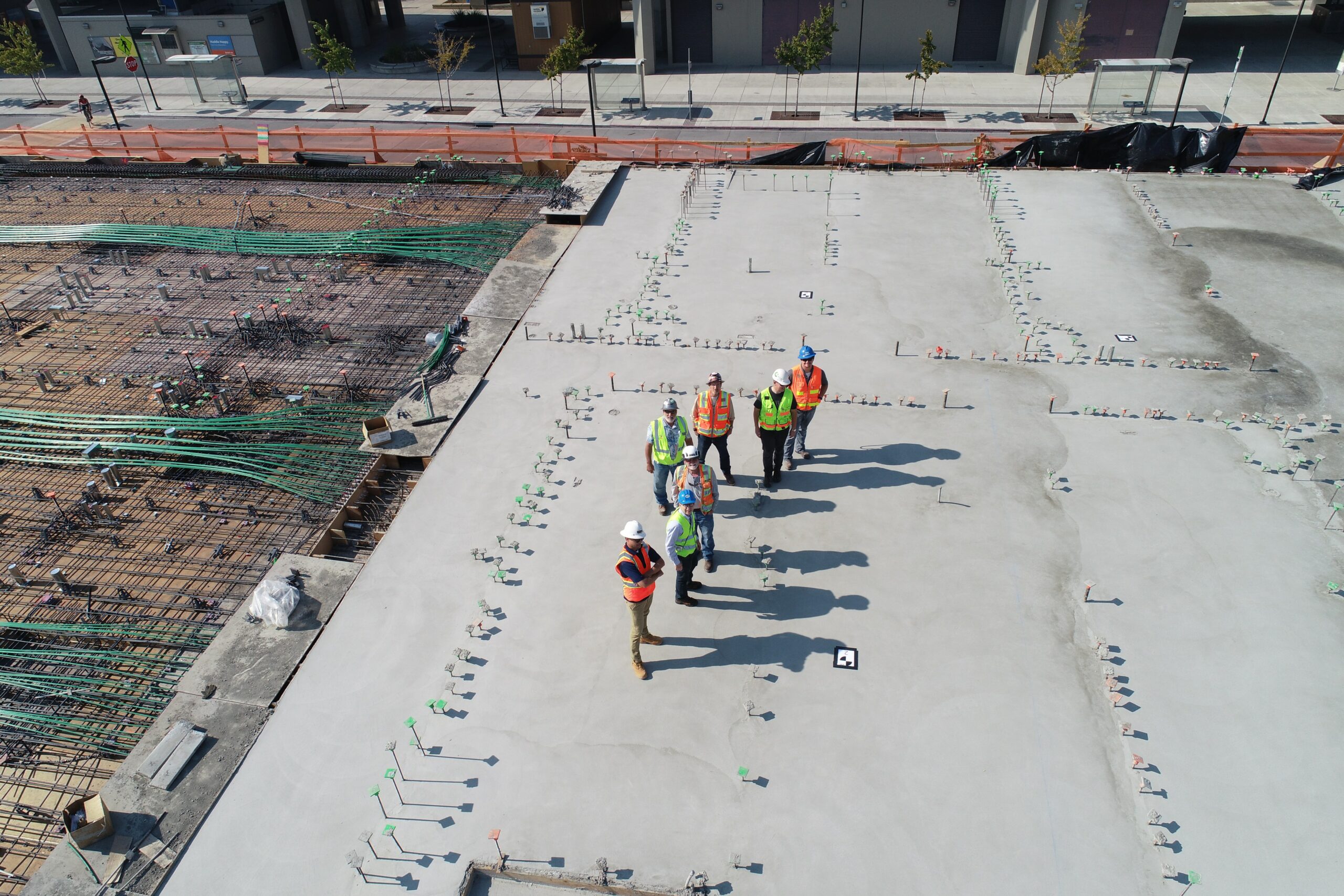
NCCI Makes Changes to EMR Calculations – Effective November 2023

Although it was anticipated that the proposed EMR Calculation revisions would not have a significant impact on premiums, we are seeing the impact of the changes on EMRs vary dramatically.
Perhaps more important than the impact of EMR on premium, is the potential for EMRs for a given employer to increase above a 1.0 (as this may impact their ability to obtain new contracts).
It’s important to understand that there are two main contributors to EMR calculations: the frequency of work-related injuries and the severity (cost) of those injuries. Additionally, EMR is a comparison of your actual losses compared to your expected losses. Anticipated losses are determined by your payroll (exposure), and your actual losses are determined by how many injuries you have and the cost of each injury.
So, what does this mean to you?
For employers operating in one state (such as Colorado) where the split point—which is the amount at which each claim is split into primary (costs incurred below the split point) and excess (costs occurred above the split point)—has decreased (from $18,500 to $14,500), this may help employers with low frequency and high severity claims.
For employers in one or multiple states, the overall impact of the EMR revisions may hinder employers with high frequency. This is especially true if the split point has increased in your state(s).
Additionally, a uniform split point, which is a crucial component of NCCI’s experience rating calculation, across all NCCI states will no longer be used. Currently set at $18,500, this number impacts how primary and discounted losses are factored into the mod calculation.
Instead, a new methodology will establish a unique split point for each state based on that state’s loss experience. Proposed split points will vary significantly by state, ranging from $9,500 in Oregon to $38,000 in Louisiana. Tailoring these values for individual states enhances the accuracy of the experience mod calculation and better reflects each state’s injury costs.
When is this happening?
Effective on each state’s regular rate filing date on or after Nov. 1, 2023, the adjustments rollout will start with Washington, D.C. and West Virginia, and conclude with Rhode Island on Aug. 1, 2024.
What else is changing?
The mod formula and method will remain unchanged; however, the methodology for determining state accident limitations is changing. The new approach will consider the 95th percentile of lost-time claims for each state. By lowering loss limitations in most states, this is expected to significantly reduce the influence of high-cost “shock losses” on the mod. While final loss limitation values are yet to be published, it’s anticipated that the reductions will exceed 50 percent in most cases.
The impact of these changes combined with the modification to split points, will affect businesses differently across states. NCCI has estimated that more than two-thirds of all risks (80 percent) will experience a shift of five points or less in either direction,
The D Ratio
The D Ratio calculation is utilized to estimate the anticipated percentage of losses that fall below the split point. Currently, the split point is consistently applied in states where NCCI is responsible for rate-setting services. However, the average D-ratio within a state is influenced by the split point and the average claim costs unique to that state. Consequently, a uniform split point results in a considerable disparity in average D-ratios across states.
The objective of the proposed approach is to create a uniform D-ratio of 40% for all states by introducing a state-specific split point. This adjustment guarantees that the split point aligns more accurately with each state’s average claim cost. Consequently, adjustments made to experience ratings will result in a fairer distribution of primary and excess losses among states with varying cost levels.
For example, the proposed plan suggests individualizing split point values based on claim severity. Instead of a standardized split point value of $18,500 for all states, higher split point values like $25,000 may be assigned to states with above-average claim severity while states with below-average claim severity may have a split point value of $15,000.
State Accident Limitation (SAL)
The state-per-claim accident limitation (SAL) aims to mitigate the impact of major claims on the EMR. The SAL adopts a state-level approach that targets the top 5% of lost-time claims, specifically those falling within the 95th percentile. This strategy is to address the most substantial claims and ensure they’re properly accounted for.
The revised SAL definition results in lower capitalization across all states. This adjustment makes EMR less responsive to exceptionally large outlier claims while still maintaining their ability to ensure accurate prediction of future loss trends.
Have questions or concerns regarding your EMR going into your next renewal? The Innovise Team is here to help you!



